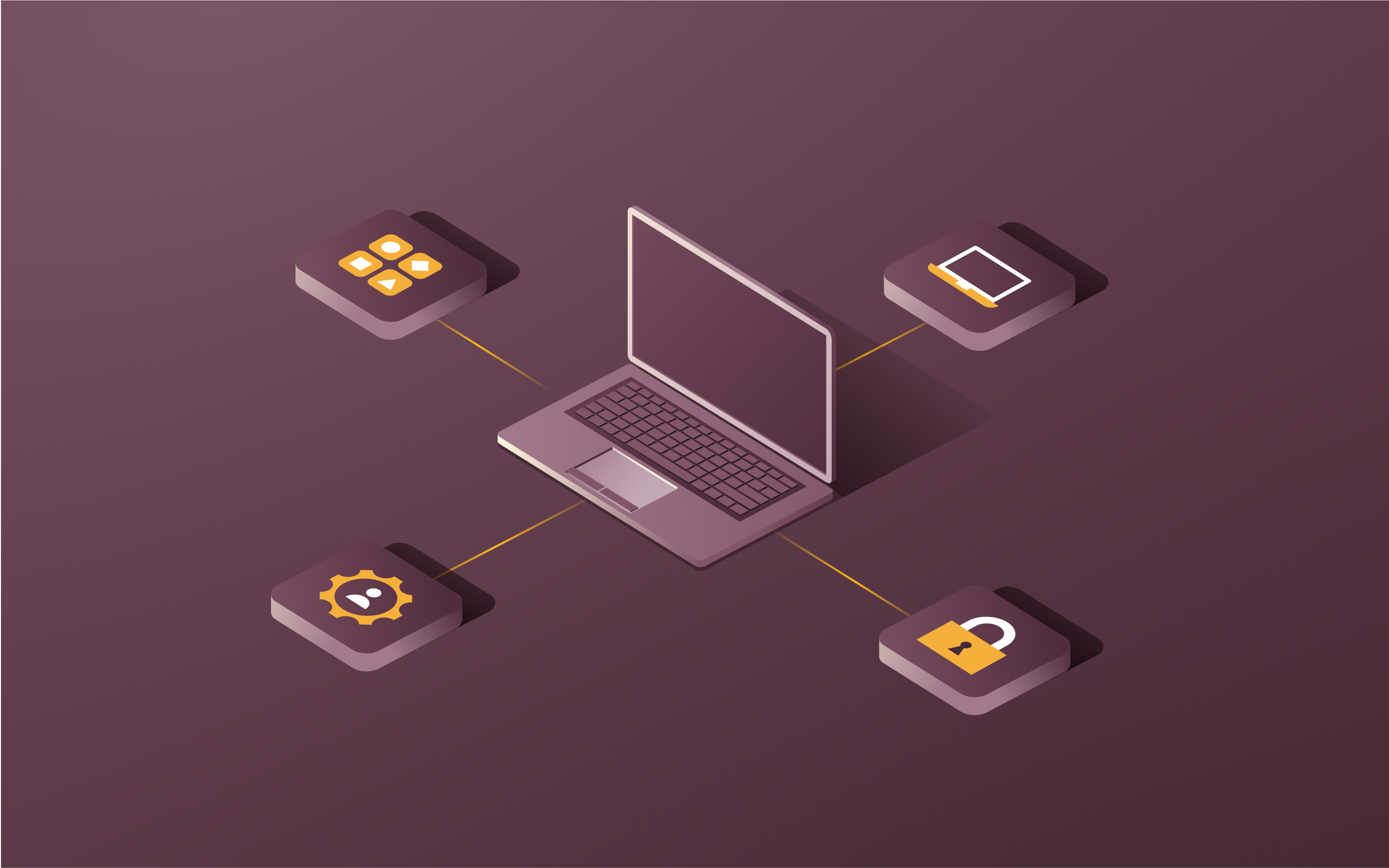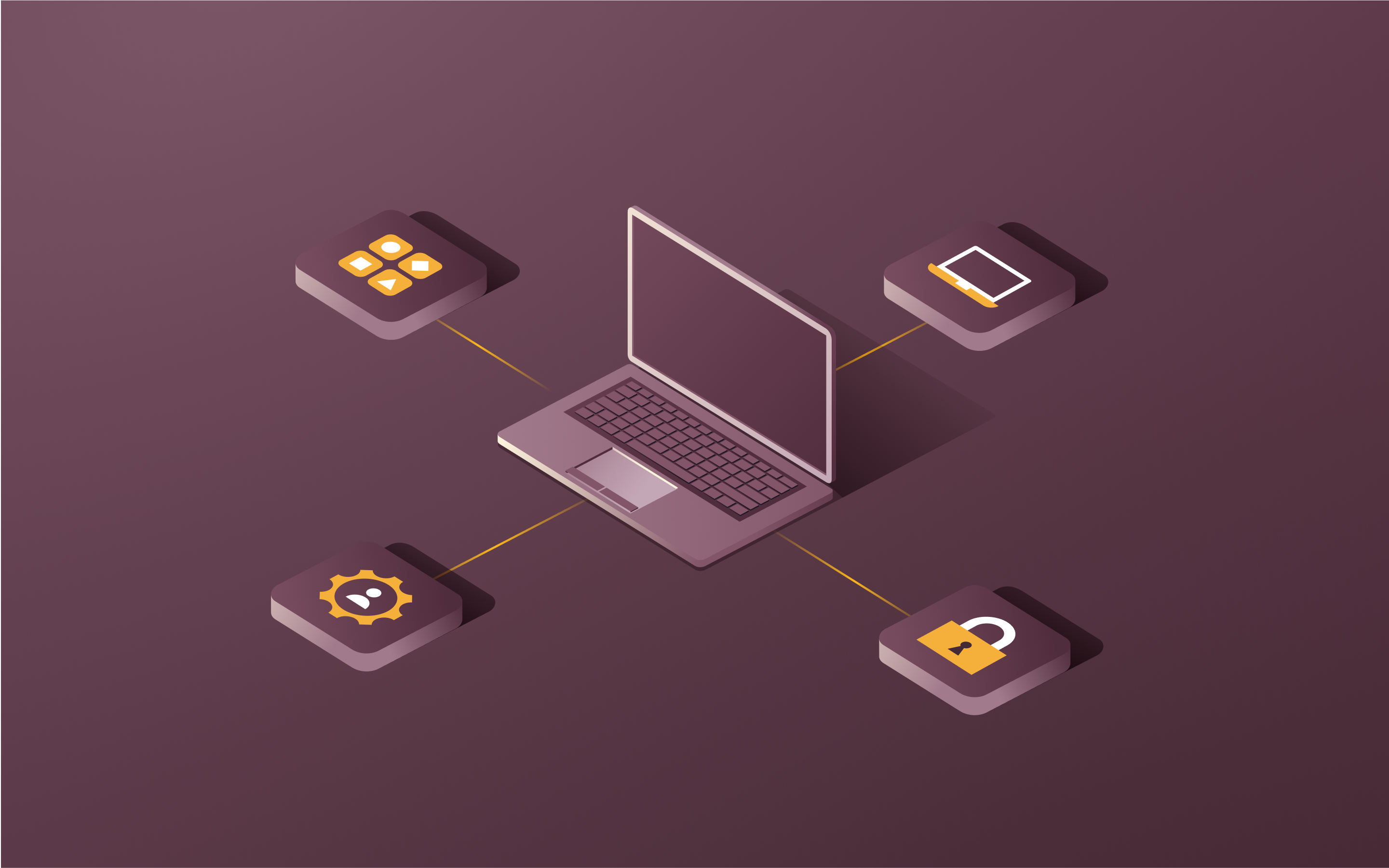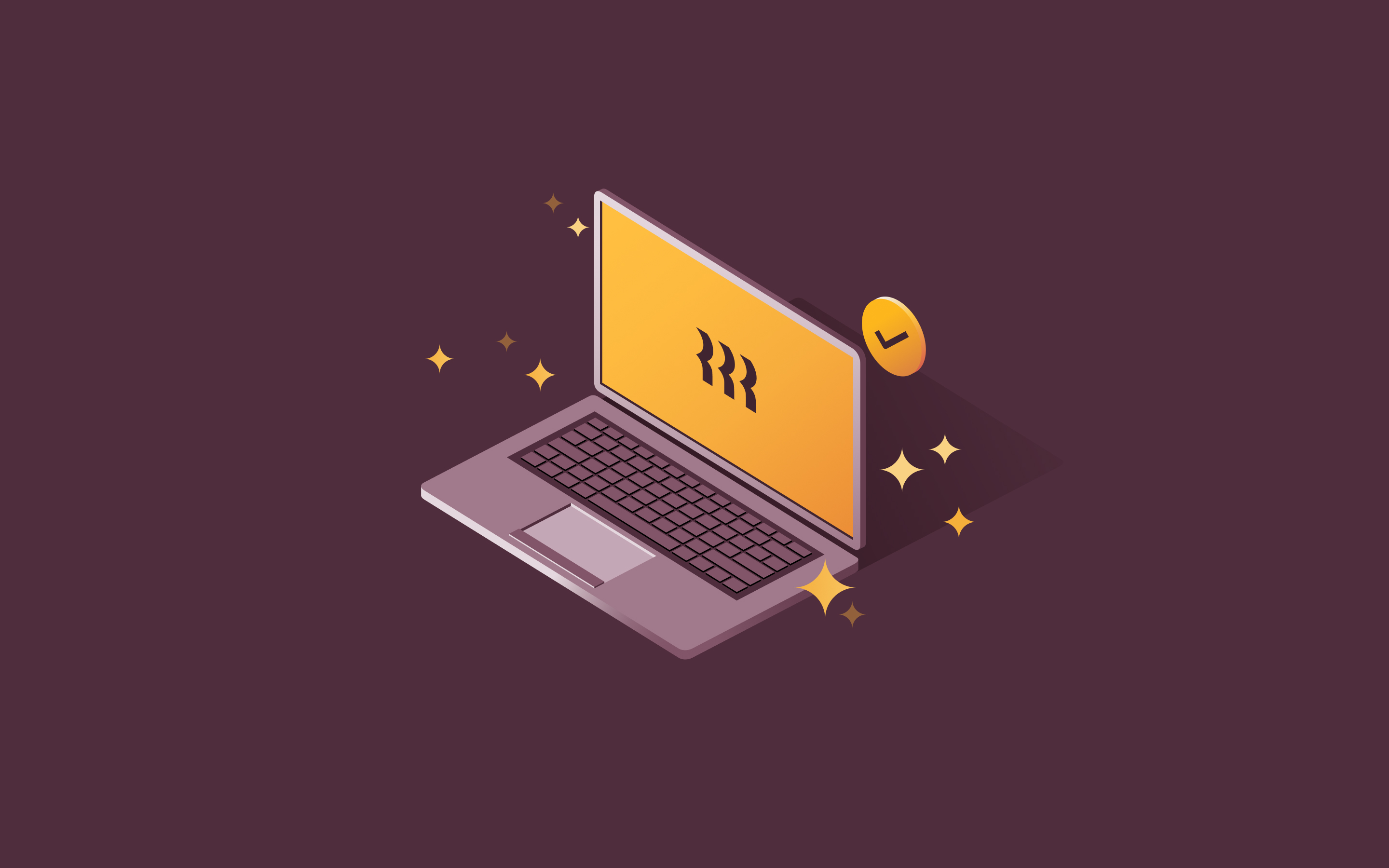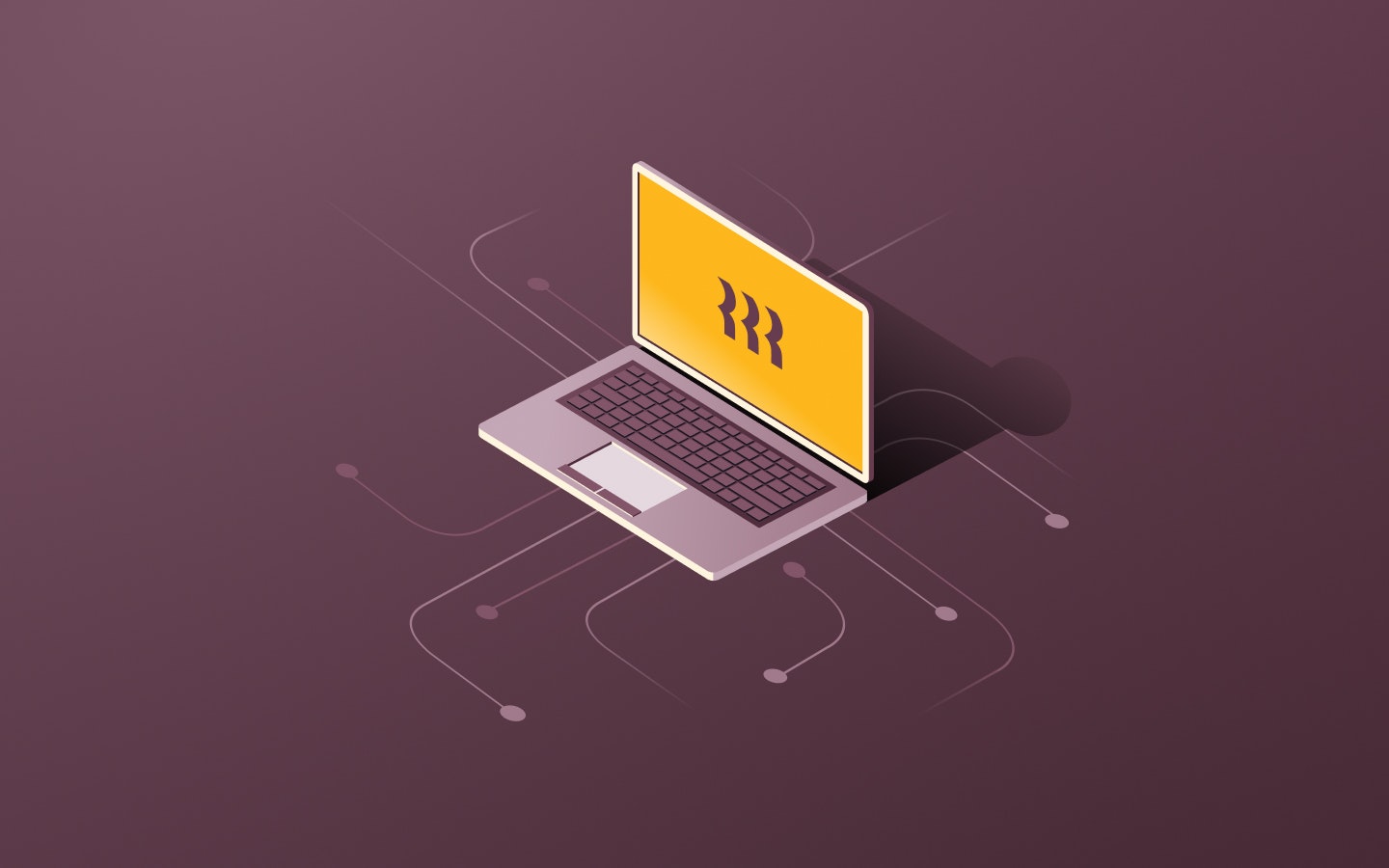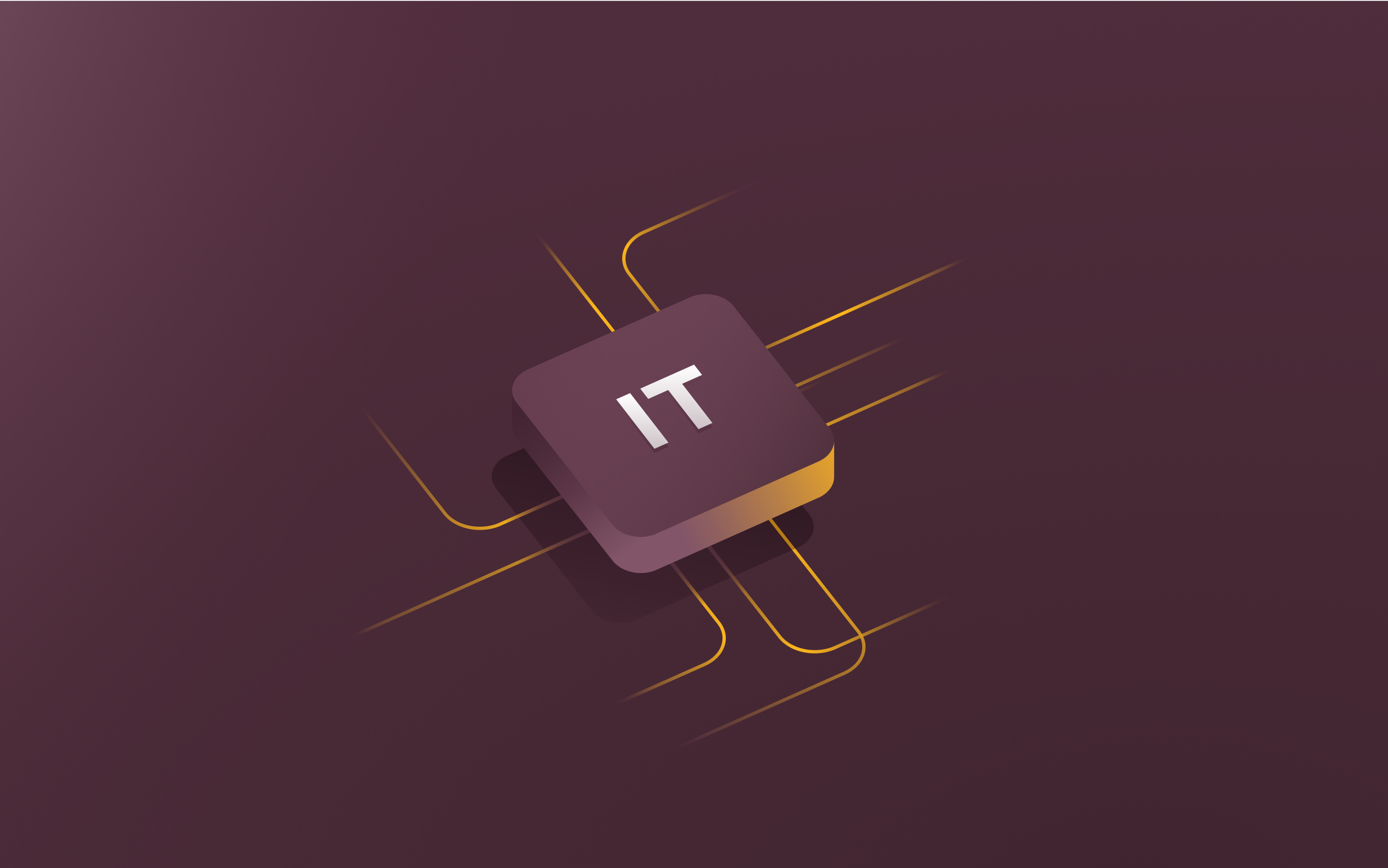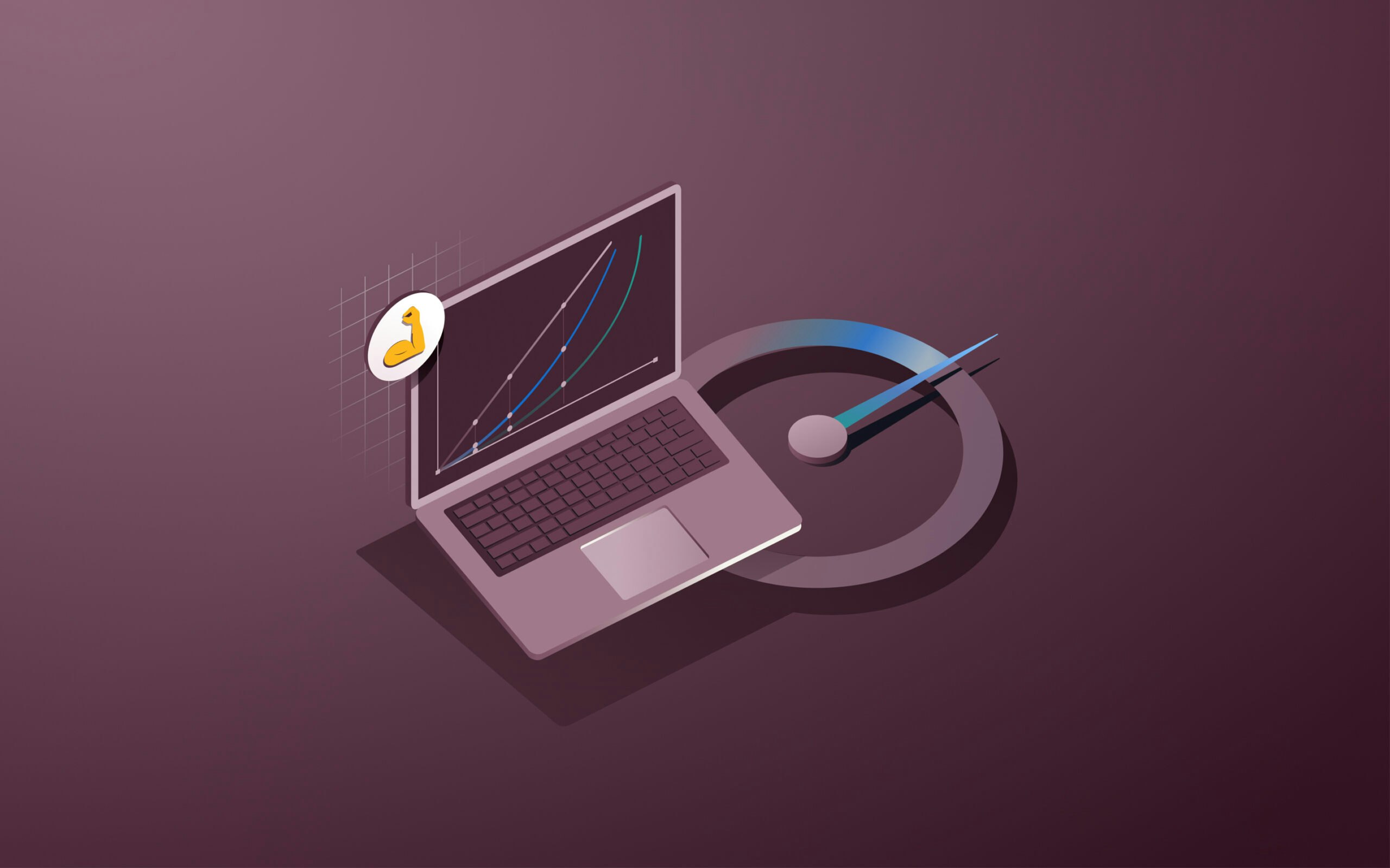Top 11 IT management solutions in 2025
One or two IT managers. Hundreds of users. Thousands of devices. Endless potential problems. The math doesn't add up unless you have some serious force multipliers in your arsenal. Modern businesses depend on technology to operate, yet many IT departments still rely on disconnected tools and manual processes.
Think about it: while you're manually updating workstations, tracking assets in spreadsheets, or digging through logs to find the source of a problem, new threats are emerging. New vulnerabilities are being discovered. New users are creating new risks.
The truth is you can't be everywhere at once. But the right tools can. That's where IT management solutions come in.
What are IT management solutions?
IT management solutions are simply tools designed to help businesses effectively manage and monitor their technology infrastructure. They provide a centralized platform for handling various IT tasks, consolidating these functions into a single system. These software solutions can help you work more efficiently, reduce downtime, and keep your company's data safe from cyber threats.
6 benefits of IT management solutions
So, what can the right IT management tool do for your business? Here are a few key advantages:
1. Better security and risk management
Cyber attacks are becoming more sophisticated by the day, and a single data breach can be devastating for your company's reputation and bottom line. While specialized security tools focus on threat prevention, IT management solutions complement these by helping organizations assess vulnerabilities, implement proactive security measures, and manage overall security risks.
These platforms typically include essential features like access controls, encryption, and real-time monitoring that work together to help identify potential security issues and protect sensitive information from unauthorized access.
2. Improved incident response
When an IT issue does arise, every minute counts. With a centralized management platform, you can quickly identify the source of the problem and deploy a solution. Modern service management platforms provide automated workflows that help resolve incidents faster and minimize downtime.
3. Cost savings through automation
Managing IT tasks manually can be a huge time sink, especially if you're working with a small team. By automating routine processes like software patching, user provisioning, system configurations, and device management, you can free up your staff to focus on more strategic projects that drive business value.
4. Increased business productivity
At the end of the day, your company's technology should be an enabler, not a hindrance. When your systems are running smoothly and your employees have the tools they need to do their jobs effectively, everyone benefits. IT management solutions can help you optimize performance, reduce friction, and keep your business humming along.
5. Simplified compliance management
Depending on your industry, you may be subject to strict regulations around data privacy and security. Failing to meet these standards can result in hefty fines and legal penalties. Many IT risk management solutions offer built-in compliance features, such as audit logging and access controls, while automating compliance reporting and streamlining audit processes to help you stay on the right side of the law.
6. Improved scalability
As your business grows, so too will your IT needs. Trying to manage an expanding technology infrastructure with outdated tools and manual processes is a recipe for frustration. With a robust IT management platform in place, you can easily scale your operations to support new users, devices, and applications.
5 types of IT management solutions
Now that we've covered some of the key benefits, let's take a closer look at the different types of IT management solutions available:
1. Mobile device management (MDM) software
Keeping track of all the smartphones, tablets, and laptops accessing your company's data in this age and time can be a challenge. MDM tools give you a centralized platform for securing and managing mobile devices, empowering you to protect sensitive information and maintain control over your device fleet.
2. Identity and access management (IAM) software
Controlling who has access to your company's sensitive data is critical for maintaining security and compliance. IAM solutions help you manage user identities and permissions across your entire technology ecosystem, ensuring that the right people have access to the right resources at the right time.
Modern IAM platforms offer advanced capabilities like role-based access control (RBAC), user behavior analytics (UBA) to detect suspicious activities, and automated provisioning that streamlines employee onboarding and offboarding processes.
3. Help desk and ticketing software
When your employees run into technology issues, they need a fast and easy way to get help. Help desk and ticketing systems provide a centralized platform for managing and tracking support requests, streamlining communication and collaboration between IT staff and end-users.
4. IT inventory management software
Keeping track of all the hardware and software assets across your organization can be a daunting task. IT inventory management solutions help you maintain a centralized database of your technology resources, giving you greater visibility and control over your IT infrastructure.
5. Remote monitoring and management (RMM) software
For businesses with remote or distributed teams, keeping tabs on all your endpoints can be a challenge. RMM tools give you the ability to monitor and manage devices remotely, proactively identifying and resolving issues before they impact end-users.
Best 3 MDM solutions
If you're in the market for a mobile device management tool, here are three top options to consider:
1. Rippling
Rippling is a comprehensive IT management platform that includes robust MDM capabilities. With Rippling, you can:
- Automatically enroll and configure devices using zero-touch deployment
- Enforce security policies and remotely lock or wipe devices
- Deploy and manage applications across your entire device fleet
- Integrate with Rippling's IAM features for seamless user provisioning
- Gain real-time visibility into device inventory, usage, and compliance
Rippling's MDM solution is an excellent choice for businesses looking for a unified platform to manage their entire IT infrastructure, from devices to identities and beyond. With its intuitive interface and powerful automation features, Rippling makes it easy to keep your mobile fleet secure and up-to-date.
2. Jamf
Jamf is an MDM solution for businesses that rely heavily on Apple devices. Its tight integration with Apple's device management tools makes it a suitable choice for managing iOS and macOS devices at scale. Key features include:
- Streamlined device enrollment and configuration
- Granular security controls and policy enforcement
- App distribution and license management
- Integration with Apple's native management frameworks
3. Kandji
Kandji is another MDM tool built specifically for Apple devices. Like Jamf, Kandji works for businesses that primarily use Apple devices, and provides capabilities like:
- Zero-touch deployment and configuration
- Automated app patching and software updates
- Security features like FileVault encryption
- Customizable device enrollment workflows
Best 3 IAM solutions
For businesses looking to streamline user identity and access management, here are three solutions to consider:
1. Rippling
In addition to its MDM features, Rippling offers a comprehensive IAM solution that includes:
- Single sign-on (SSO) with support for popular identity providers like Google and Microsoft
- Multi-factor authentication (MFA) with a range of authentication methods
- Role-based access controls (RBAC) for granular permission management
- Automated user provisioning and deprovisioning based on HR data
- Centralized visibility and control over user identities and permissions
Rippling's IAM solution is tightly integrated with its HR and IT management features, making it an excellent choice for businesses looking to unify their people and technology operations. With Rippling, you can automate user lifecycle management, ensure consistent access policies, and maintain a single source of truth for all your identity data.
2. Okta
Okta is another IAM platform known for its security features, cloud environment support, and third-party integration ecosystem, making it an option for businesses with complex IT environments. Key features include:
- SSO for cloud and on-premise applications
- Adaptive MFA based on user behavior, device risk and location
- API access management for securing custom applications
- Integrations with third-party applications and services
3. JumpCloud
JumpCloud is a cloud directory platform that also includes IAM functionality with device management capabilities, offering a cloud-native alternative to traditional Active Directory. Its directory-as-a-service model makes it an option for businesses looking to move away from traditional on-premise directories. Key features include:
- User identity management across devices and applications
- SSO enforced across SAML and OIDC-based applications
- MFA with a variety of authentication options
- Granular access controls and user lifecycle management
Best 3 help desk and ticketing solutions
When it comes to managing user support requests, here are three top help desk and ticketing tools:
Jira Service Management
Jira Service Management is a platform that combines IT support, operations, and service delivery tools. It integrates with Atlassian's suite of products and provides AI-powered features for service management workflows. Features include:
- Customizable service desk with pre-configured templates and workflows
- AI-powered automation for request routing and resolution
- Self-service portal with knowledge base integration
- Real-time reporting and SLA tracking
2. Zendesk
Zendesk is a help desk platform that offers a range of features for managing customer support. With its customization options and third-party integrations, you can tailor Zendesk to fit your support processes and tech stack. Key features include:
- Multichannel ticket submission (email, phone, chat, social media, etc.)
- Customizable ticket fields, views, and workflows
- AI-powered chatbots and self-service options
- Reporting and analytics capabilities
3. Freshdesk
Freshdesk is another help desk solution like Zendesk which includes features like:
- Omnichannel ticket management
- Automated ticket routing and escalation
- Knowledge base and self-service portal
- Gamification features to motivate support agents
Best 3 IT inventory management solutions
For businesses looking to get a better handle on their hardware and software assets, here are three IT inventory management tools to consider:
1. Rippling
Rippling's IT inventory management features are part of its broader unified platform, which means you can:
- Automatically discover and track devices across your network
- View detailed hardware and software inventory data
- Manage software licenses and track compliance
- Integrate with Rippling's identity and device management features for end-to-end visibility
- Set up custom alerts and reports to stay on top of your inventory
With Rippling, IT inventory management becomes an integral part of your overall IT strategy. By consolidating asset data with identity and device management, you can gain a more holistic view of your IT environment and make more informed decisions about resource allocation, security, and compliance.
2. Electric
Electric's inventory management features are closely tied to its IT support capabilities, making it an option for businesses looking to streamline both asset tracking and end-user support. Key features include:
- Device lifecycle and inventory management tracking
- Hardware procurement and warehousing capabilities
- Visibility into device compliance and health
- Nationwide shipping for distributed teams
3. Asset Panda
Asset Panda is an IT asset management solution that offers a range of features for tracking and managing hardware and software, including:
- Barcode scanning and RFID tagging for easy asset tracking
- Custom fields and flexible data hierarchies
- Mobile app for on-the-go asset management
- Customizable user permissions and workflows with unlimited users
Best 3 remote monitoring and management solutions
Finally, for businesses that need to manage and support remote devices and users, here are three top RMM solutions:
1. Atera
Atera is an IT management platform that combines RMM, PSA, and remote access capabilities. The platform provides device monitoring and management tools with AI-powered features for IT workflows. Features include:
- Real-time monitoring and alerts for system resources and network health
- IT automation for routine tasks with customizable profiles and script library
- Asset and inventory scanning with detailed reporting capabilities
- Patch management for Windows, Mac, and Linux systems
2. NinjaOne
NinjaOne is an RMM tool that offers a range of features for managing and supporting remote endpoints, including:
- Automated device discovery and inventory management
- Real-time performance monitoring and alerting
- Remote access and troubleshooting
- Patch management and software deployment
3. Level
Level is a newer RMM solution designed for IT departments and managed service providers (MSPs), suited for organizations adopting a full-scale managed service approach to their IT infrastructure. The platform includes features like:
- Cross-platform automation tools with no-code actions and event-based triggers
- P2P end-to-end encrypted remote control with multi-factor authentication
- Inventory and asset tracking for hardware and software details
- Automated patch management and scheduling
How to choose the right IT management tool: 3 tips
With so many options available, choosing the best IT management software for your business requires careful consideration. Here are three tips to help you make the right choice:
1. Evaluate compliance features
If your business is subject to regulatory requirements like HIPAA, PCI-DSS, or GDPR, it's critical to choose an IT management solution that includes robust compliance features. Look for tools that offer granular access controls, audit logging, data encryption, and built-in compliance reporting.
2. Consider your business needs on security
Every business has unique security requirements based on its size, industry, and risk profile. When evaluating IT management solutions, look for tools that offer customizable security policies, advanced threat detection and response capabilities, and secure remote access and data transmission. The right tool should empower you to protect your business from evolving cyber threats and maintain a strong security posture.
3. Look for user-friendly interfaces
At the end of the day, an IT management tool is only effective if your team actually uses it. When comparing solutions, look for tools with intuitive, easy-to-navigate user interfaces, customizable dashboards and reporting, mobile apps for on-the-go management, and comprehensive documentation and user support. The easier a tool is to use, the more likely your team will be to adopt it and realize its full potential.
Rippling: Automate IT management for your business
If you're looking for a comprehensive IT management solution that can help you streamline operations, improve security, and support your business growth, look no further than Rippling.
Key capabilities of Rippling's IT management solution include:
- Centralized identity management with single sign-on and multi-factor authentication
- Automated device management with cross-platform support and zero-touch deployment
- Granular access controls and permissions management based on user roles and attributes
- Real-time device monitoring and threat detection with automated remediation
- Comprehensive compliance features and certifications
What really sets Rippling apart is its natively integrated platform. By unifying identity, device, and access management, Rippling allows you to manage your entire IT environment from a single pane of glass. This not only simplifies your workflows but also provides greater visibility and control over your IT operations.
Plus, with Rippling's robust automation capabilities and user-friendly interface, you can streamline your IT management processes and free up your team to focus on more strategic initiatives. Whether you're onboarding new employees, deploying security patches, or responding to incidents, Rippling makes it easy to manage your IT environment with confidence.
IT management solutions FAQs
How do IT management solutions support remote work?
IT management solutions are essential for supporting remote work by providing secure access to corporate resources, managing remote devices, and ensuring data protection. With features like remote monitoring, patch management, and secure file sharing, IT management tools help organizations maintain productivity and security in a distributed work environment.
What is the difference between IT management software and IT service management (ITSM)?
While IT management software focuses on the infrastructure and devices (including security and system performance), IT service management (ITSM) is a broader framework dedicated to the efficient delivery of IT services, such as incident management and service request fulfillment. The two concepts often overlap, but ITSM includes processes for aligning IT services with business needs. Modern IT management solutions increasingly incorporate ITSM features,making the distinction less rigid in practice.
Who needs IT management solutions?
Any organization that relies on technology to operate needs IT management solutions. With the shift to remote work, cloud-based tools have become essential for businesses of all sizes, from small startups to large enterprises, as well as non-profit organizations and government agencies. IT management tools are particularly important for organizations with complex IT environments, distributed workforces, or strict compliance requirements.
What are the key features of IT management software?
The key features of IT management software vary depending on the specific type of tool, but some common capabilities include:
- Device management and monitoring
- User identity and access management
- Help desk and ticketing
- Asset and inventory tracking
- Patch management and software deployment
- Security and compliance management
- Reporting and analytics
Many organizations integrate these features through comprehensive ITSM tools to standardize service delivery and improve efficiency. By bringing together these core functions into a single platform, IT management software helps organizations improve security, ensure compliance, and deliver better service.
What other software integrates with IT management solutions?
Organizations typically use various specialized tools alongside their IT management platforms:
- Service desk and ITSM tools: Software like SolarWinds Service Desk, ServiceNow, and Atera handle incident management and support tickets.
- Project management software: Tools like Jira and Zoho handle task tracking and team collaboration.
- Enterprise platforms: Tools like NetSuite handles CRM, ERP and business operations. Slack facilitates team communication. These platforms integrate with ITSM tools to streamline processes across departments.
Unify your IT management with one powerful platform
This blog is based on information available to Rippling as of February 24, 2025.
Disclaimer: Rippling and its affiliates do not provide tax, accounting, or legal advice. This material has been prepared for informational purposes only, and is not intended to provide or be relied on for tax, accounting, or legal advice. You should consult your own tax, accounting, and legal advisors before engaging in any related activities or transactions.




